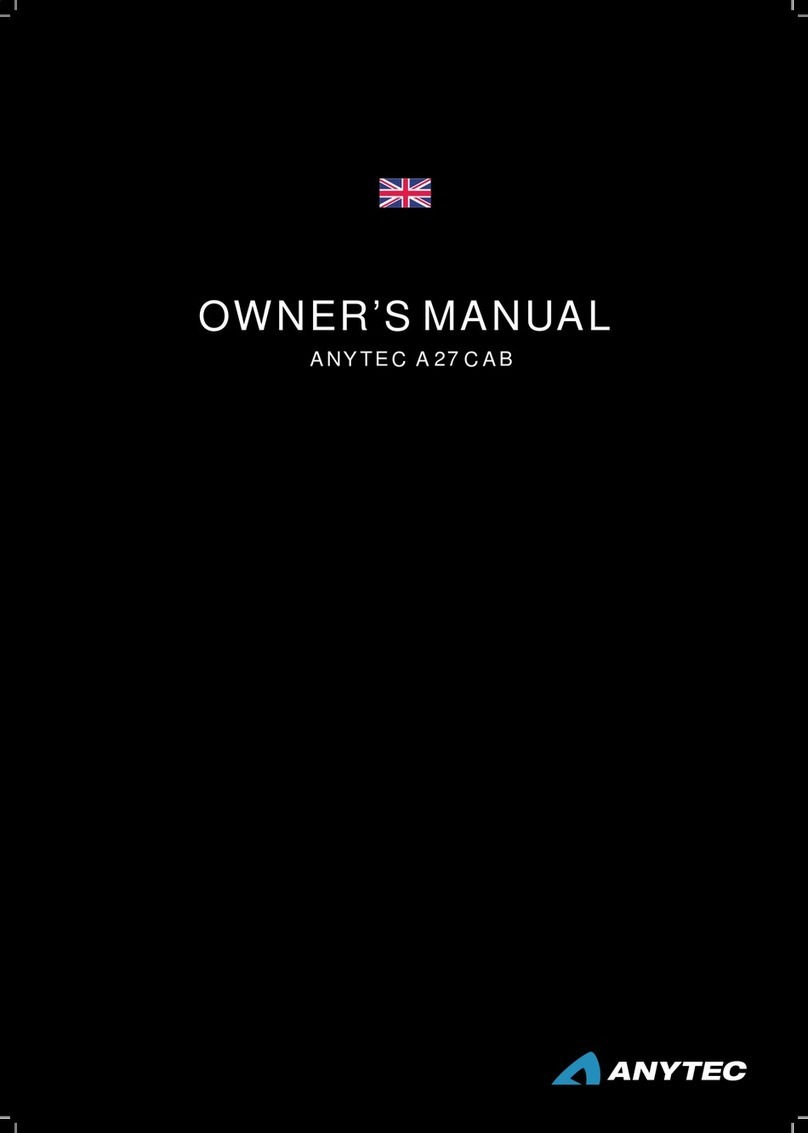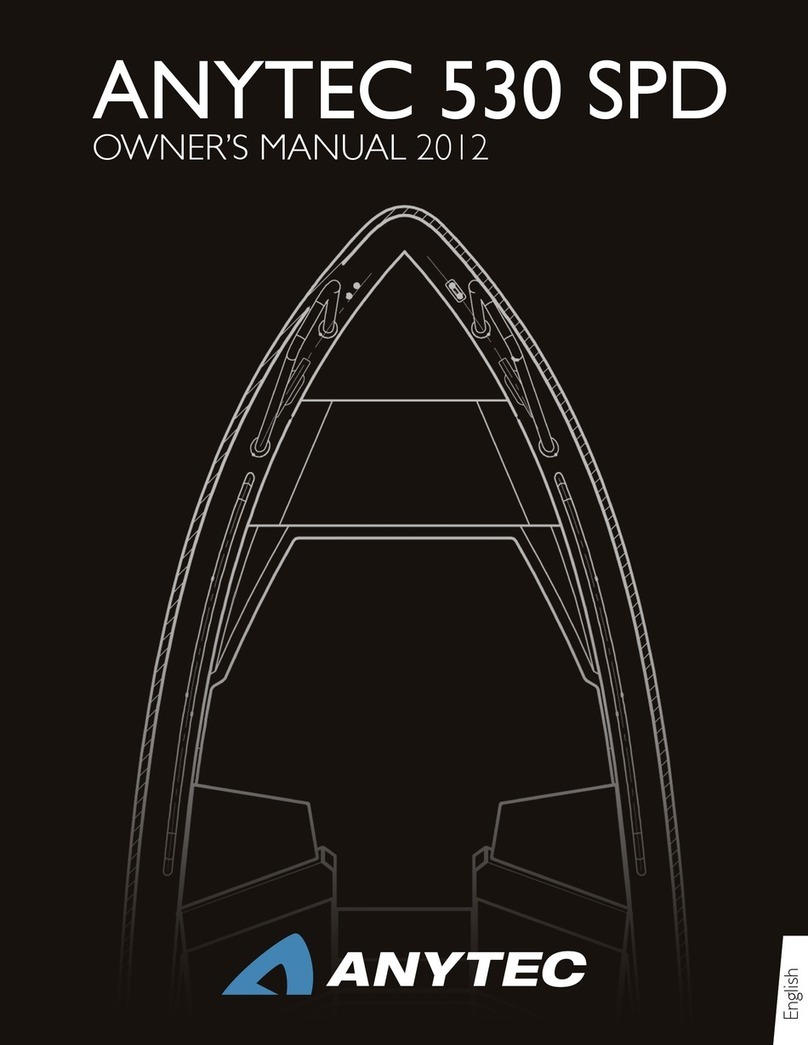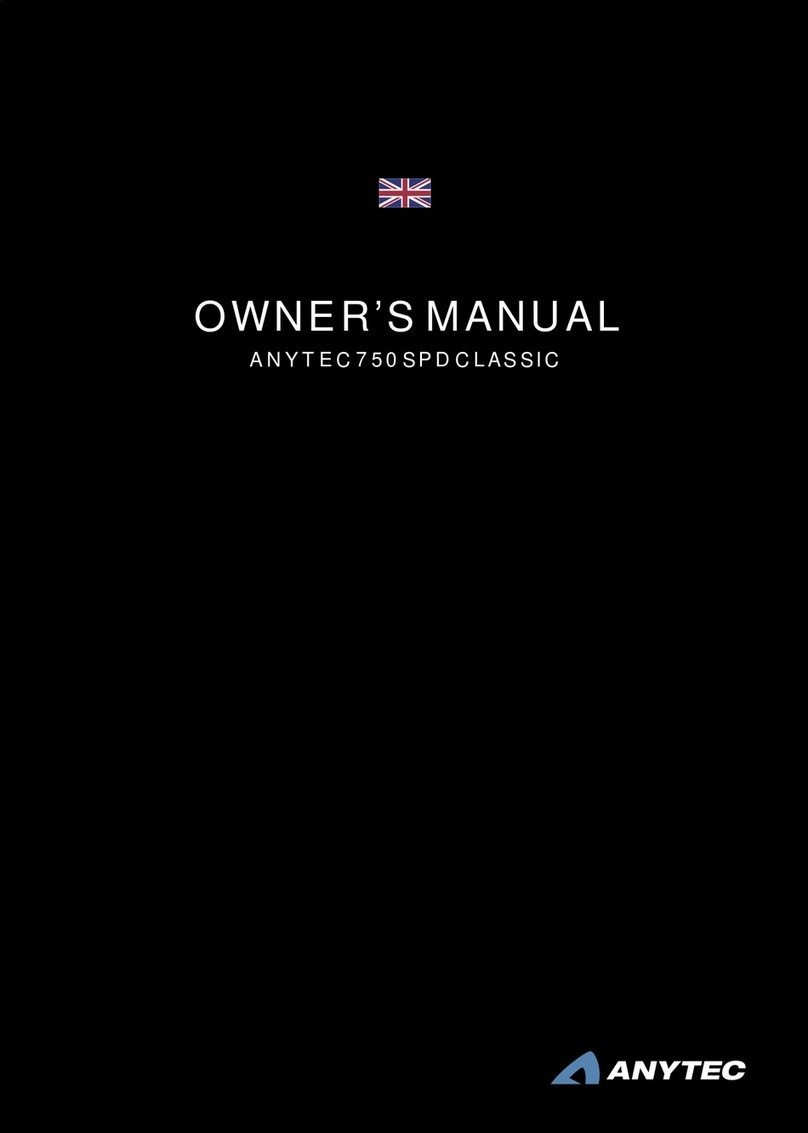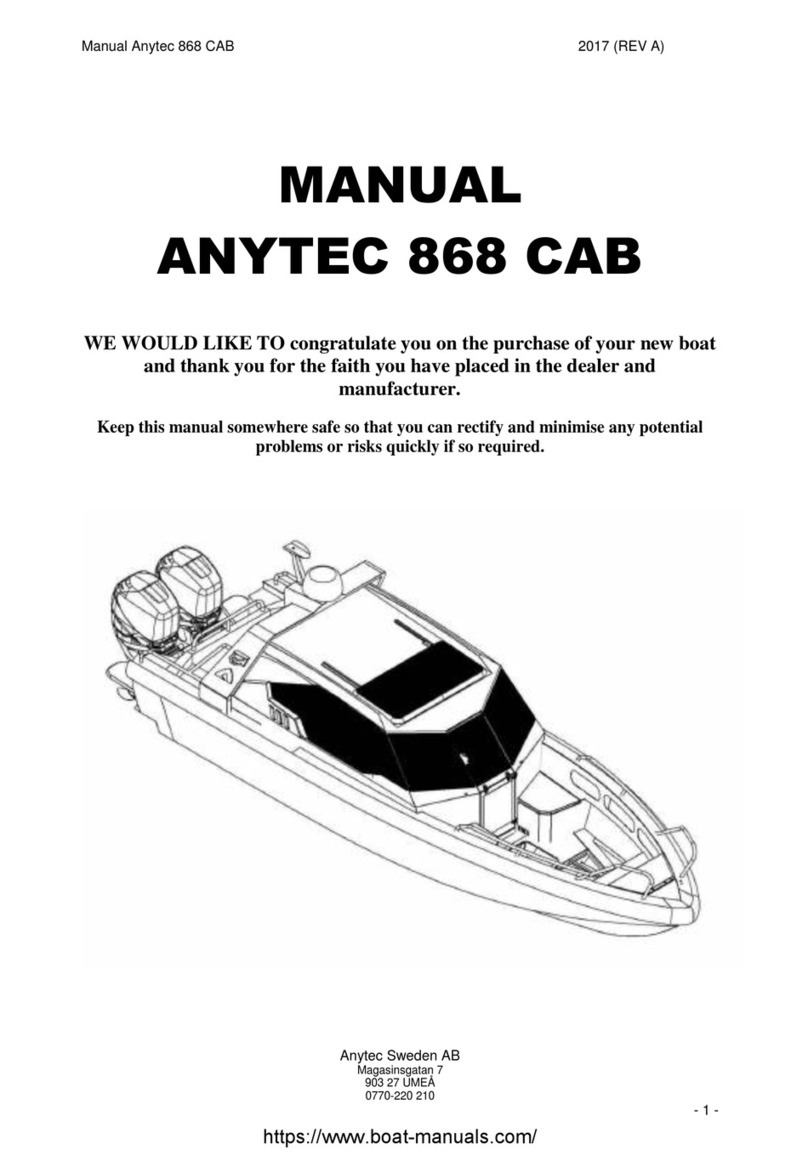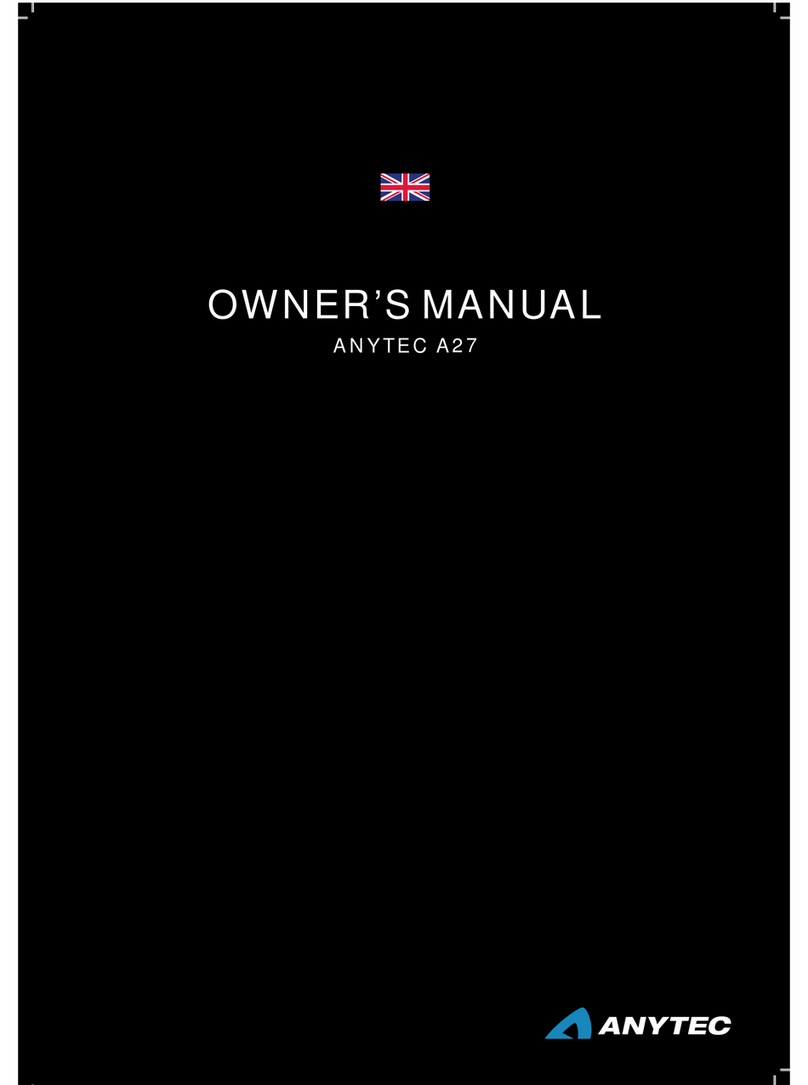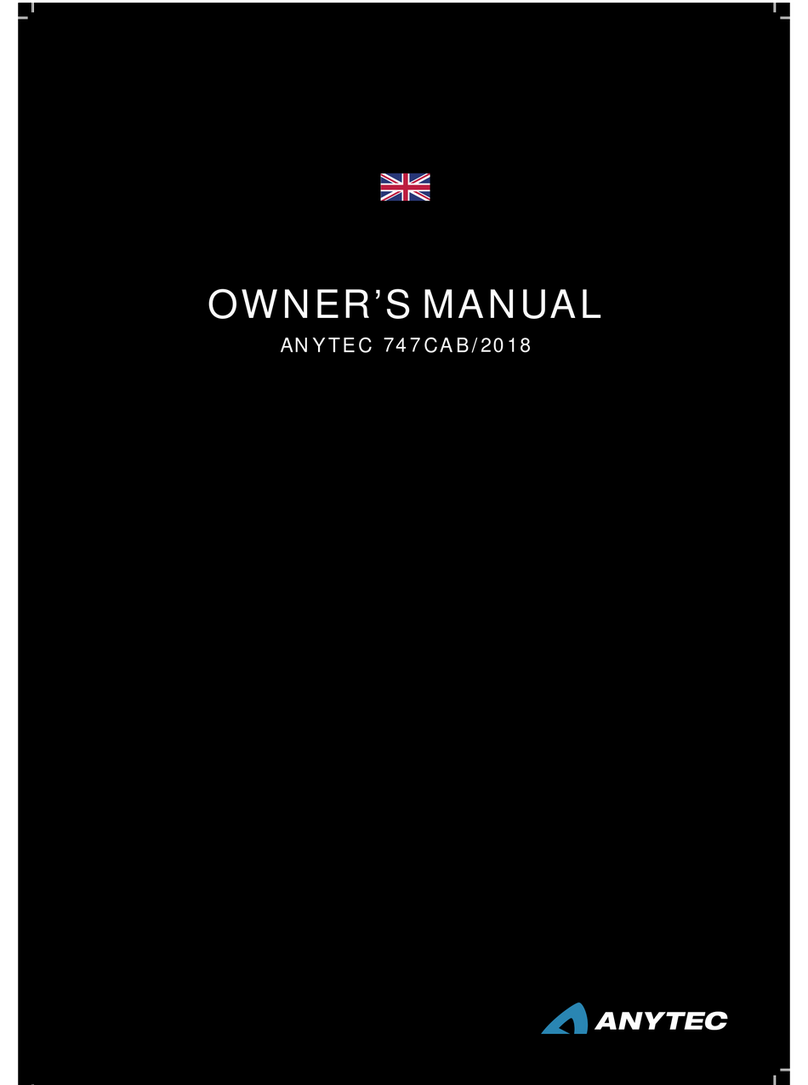
4.10.1 Canopy congurations ........................................................................................................53
4.10.2 How to install, remove and store the canopy ...............................................................53
4.11 ADJUSTABLE SEATS, DRIVER AND NAVIGATOR ................................... 54
4.12 WATERSPORT TOW ROPE ATTACHMENT .............................................. 54
4.13 WEBASTO HEATER (OPTIONAL)............................................................... 55
4.14 AUDIO & RADIO SYSTEM (OPTIONAL) .................................................. 56
4.15 COCKPIT TABLE (OPTIONAL) .................................................................... 56
4.16 CAMERA WITH INFRARED (OPTIONAL)................................................ 57
4.17 SEARCHLIGHT (OPTIONAL) ....................................................................... 57
4.18 VHF RADIO (OPTIONAL).............................................................................. 58
5. ELECTRICAL SYSTEMS ...........................................................59
5.1 GENERAL DESCRIPTION ................................................................................ 59
5.2 BATTERIES & CHARGING ............................................................................... 60
5.3 BATTERY SELECTOR SWITCH....................................................................... 60
5.4 CIRCUIT AND MAIN BREAKER PANEL....................................................... 61
5.5 ELECTRICAL SCHEMATICS............................................................................. 62
6. MAINTENANCE ........................................................................63
6.1 FUEL SYSTEM....................................................................................................... 64
6.2 HULL, DECK, RAILS & SUPERSTRUCTURES............................................... 64
6.2.1 Aluminum treatment M-400® maintenance & principle............................................65
6.2.2 Hull below water, anti-fouling treatment ..........................................................................65
6.2.3 Anodes for prevention of galvanic corrosion ....................................................................66
6.3. COMPONENT MAINTENANCE ................................................................... 67
6.3.1 Stainless steel...........................................................................................................................67
6.3.2 Cushions....................................................................................................................................68
6.3.3 Canopy.......................................................................................................................................68
6.3.4 Tempered glass windows.......................................................................................................69
6.3.5 Fender list .................................................................................................................................69
6.3.6 Plastic panels............................................................................................................................69
6.3.7 Hinges and latches.................................................................................................................69
6.3.8 MOB rescue & swim ladder ................................................................................................70
6.3.9 Painted surfaces ......................................................................................................................70
6.4 WINTER STORAGE/ SPRING PREPARATIONS .......................................... 70
6.4.1 Measures before winter storage.........................................................................................70
6.4.2 Measures after winter storage............................................................................................71
6.5 SPARE PARTS & SERVICE................................................................................... 72
7.ATTACHMENTS.........................................................................73






